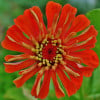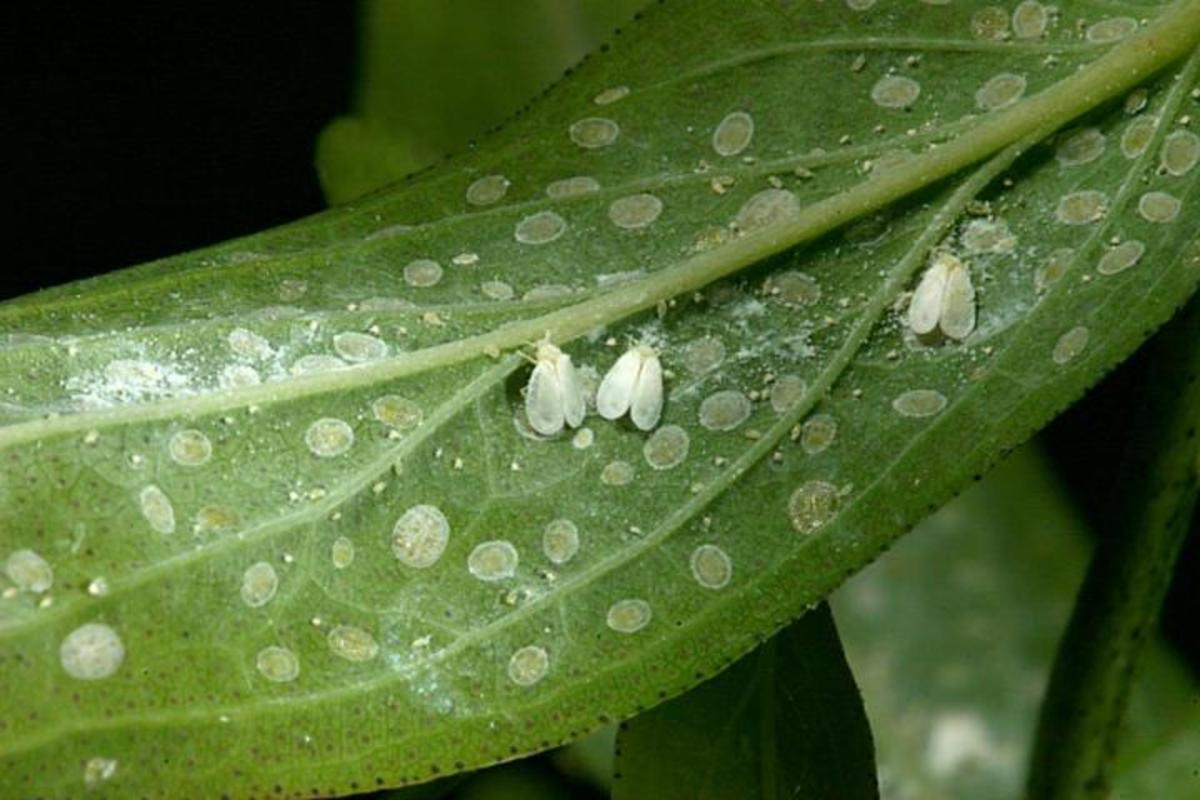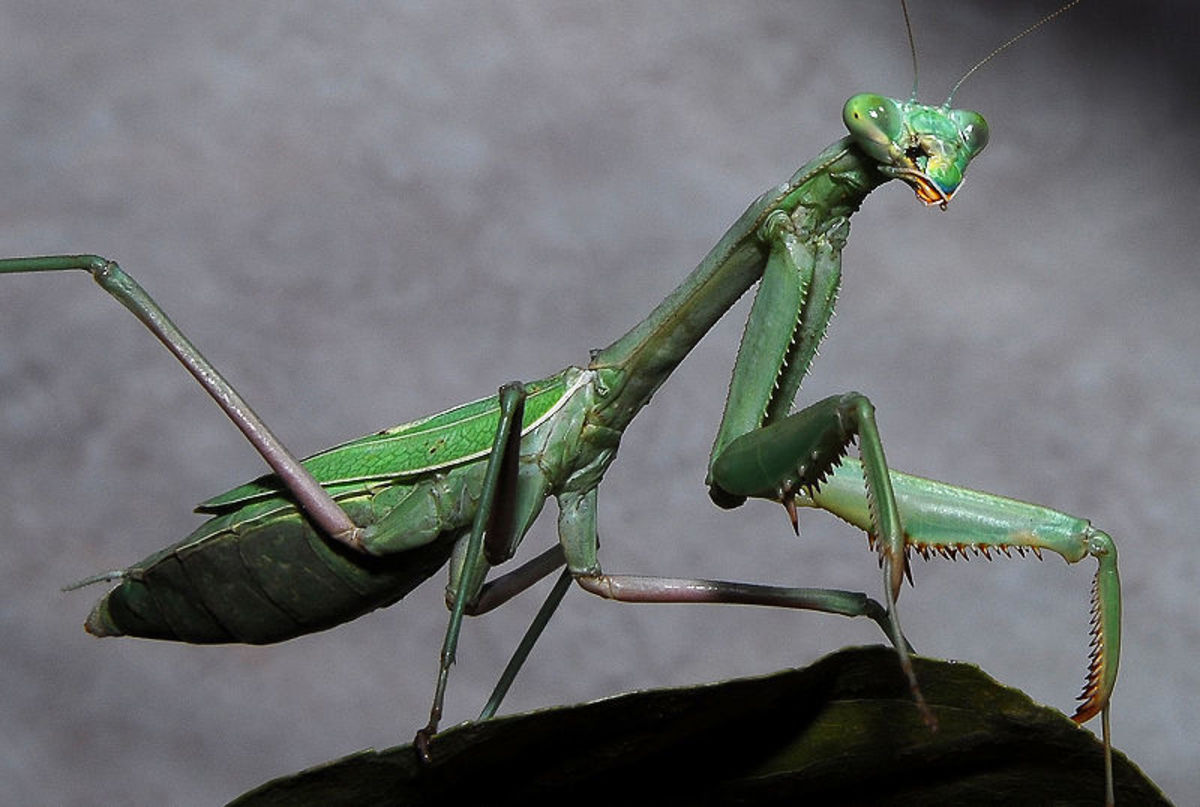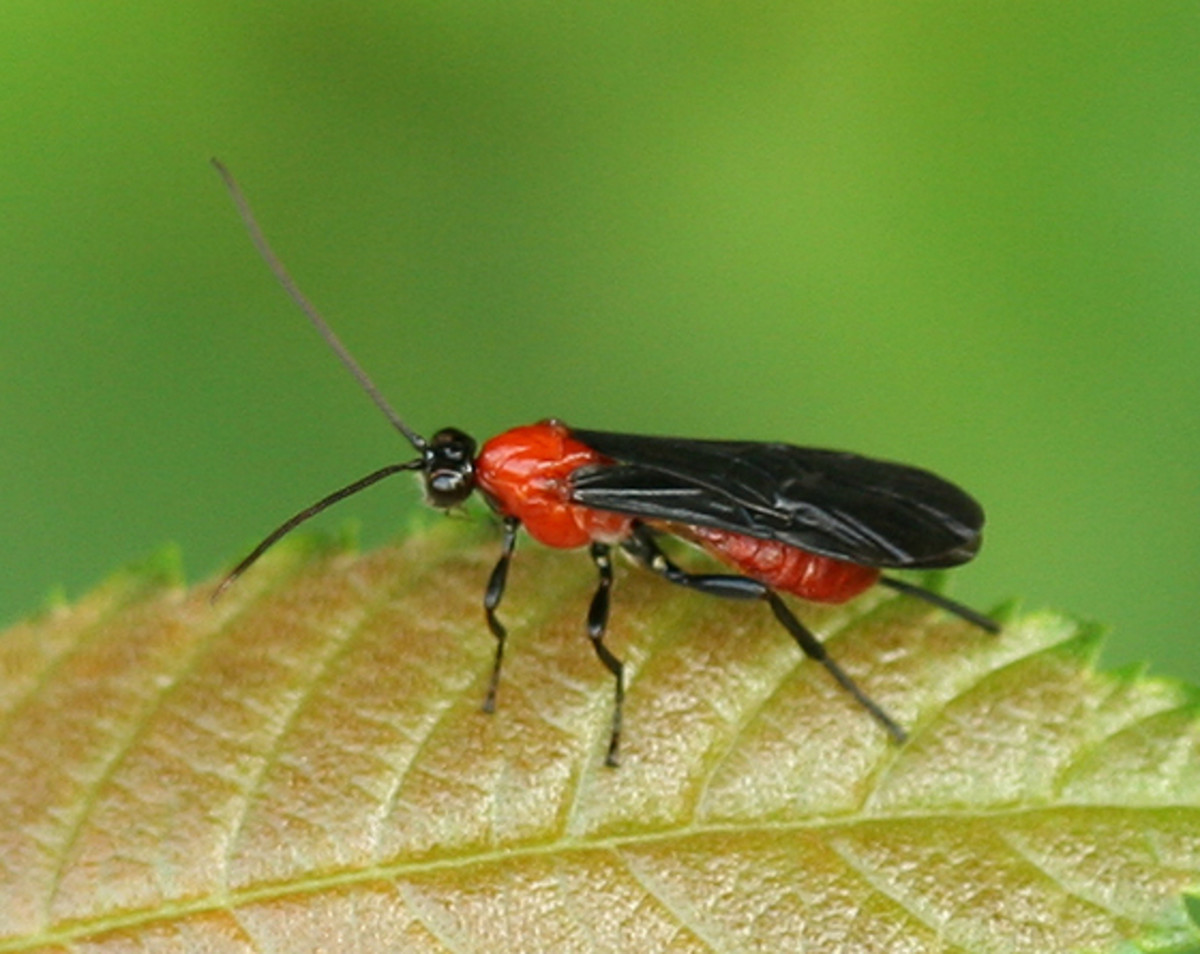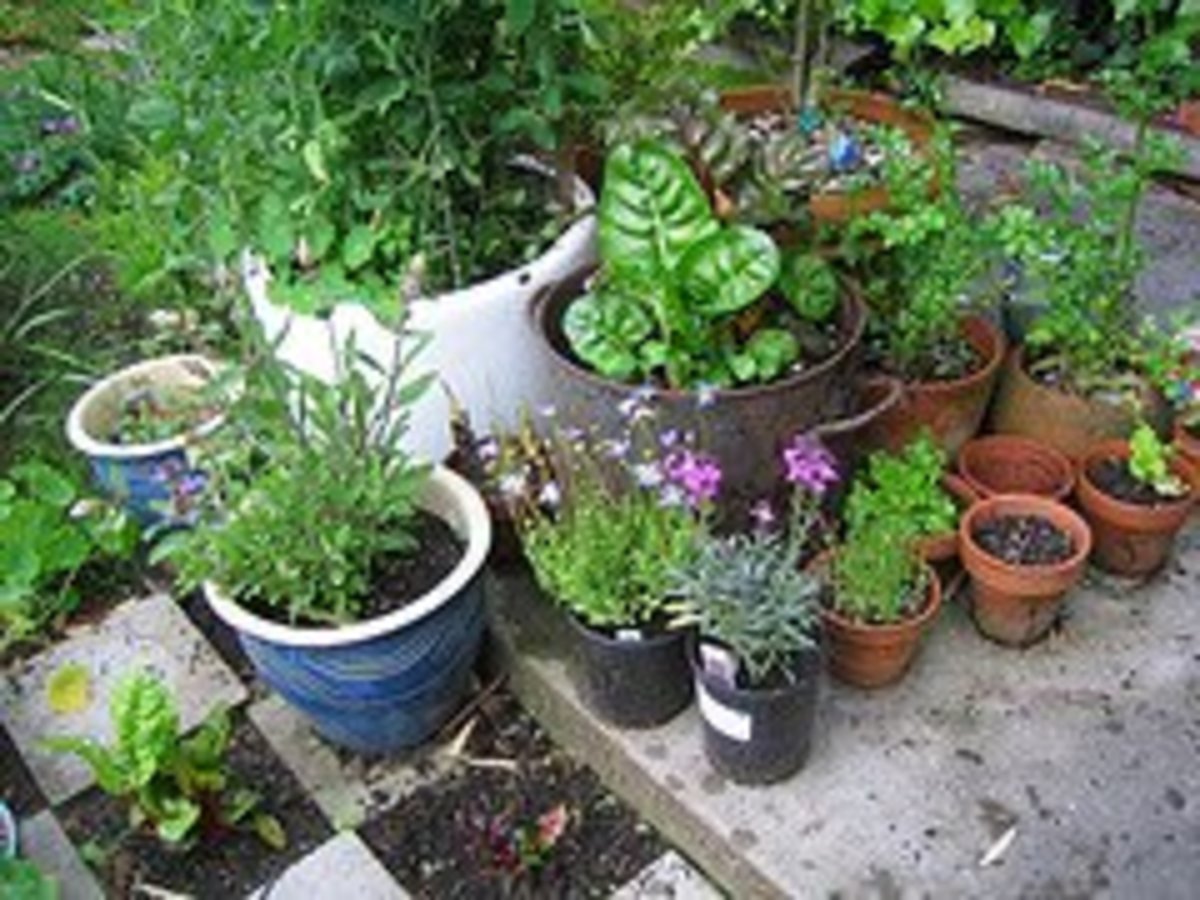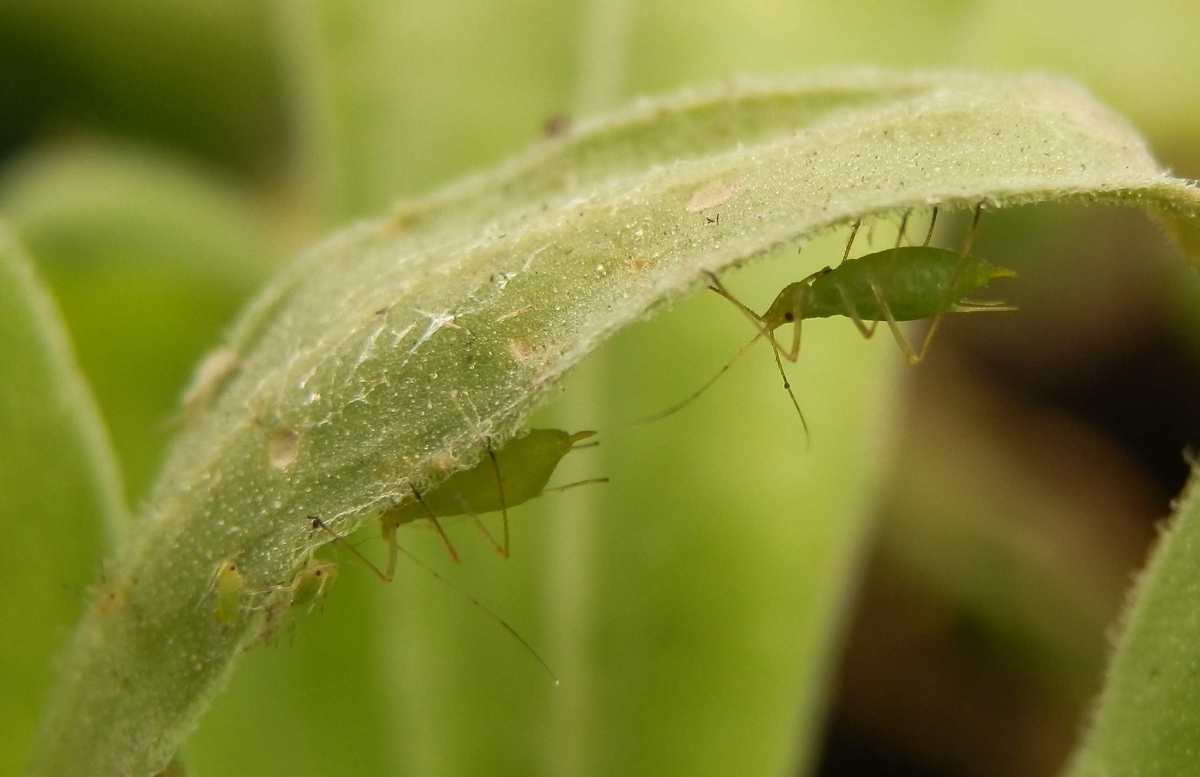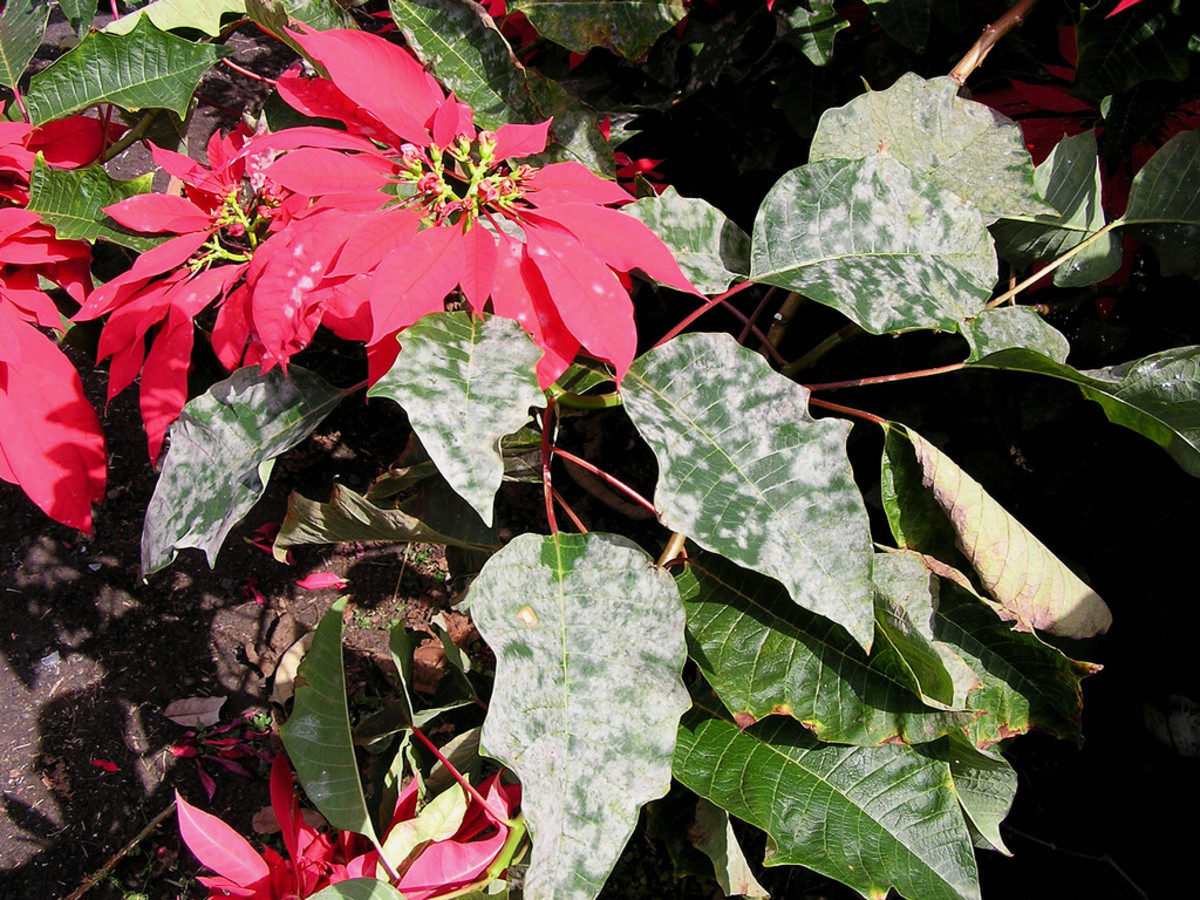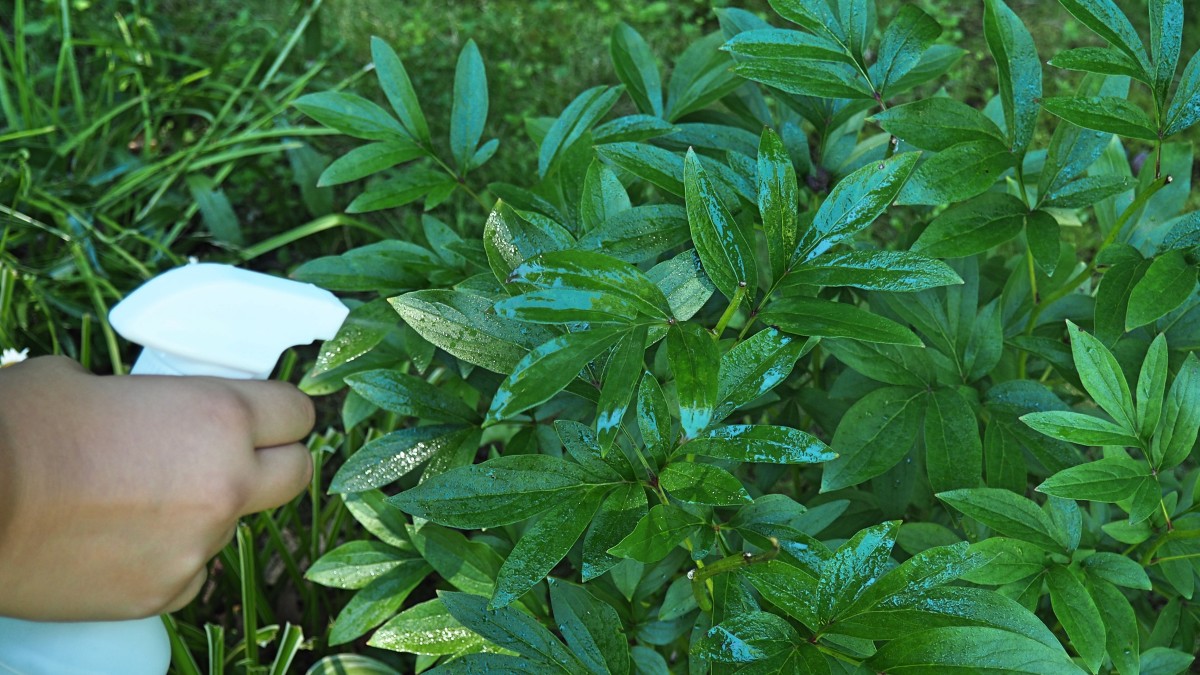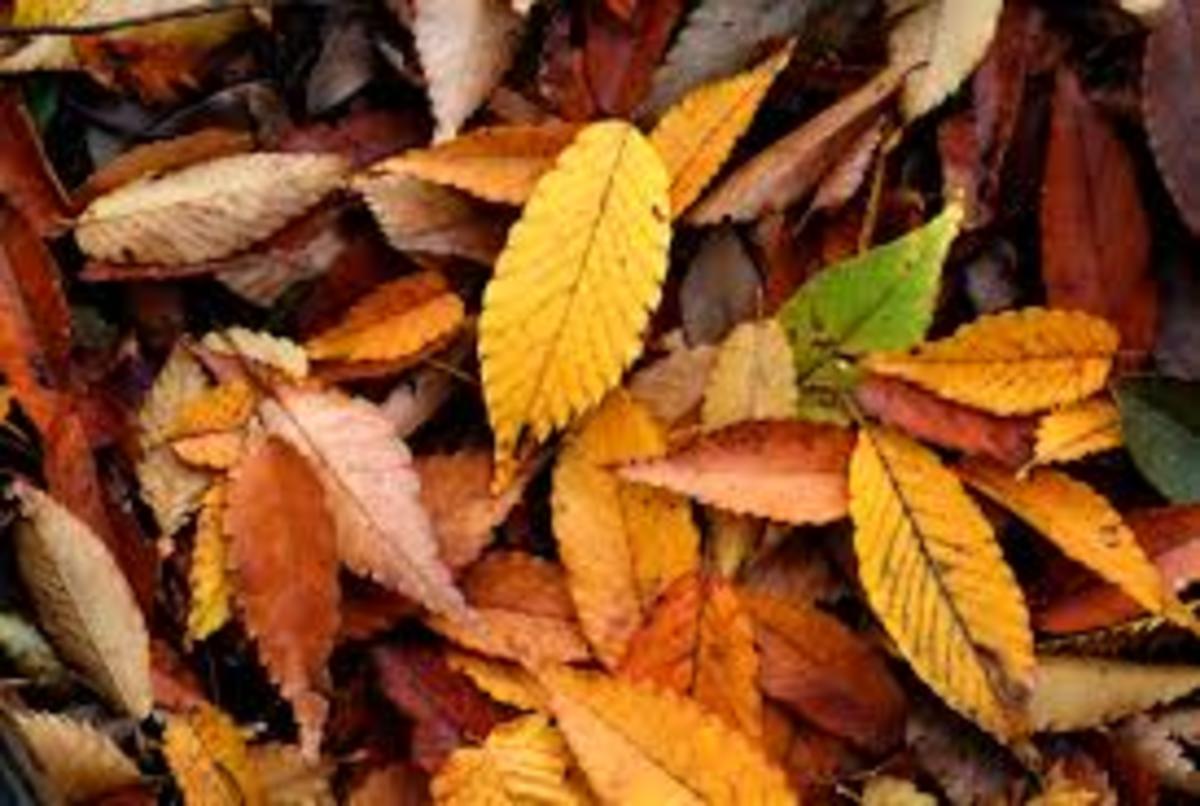- HubPages»
- Home and Garden»
- Gardening»
- Organic Gardening
Natural Aphid Control Through IPM
Controlling Aphids Naturally
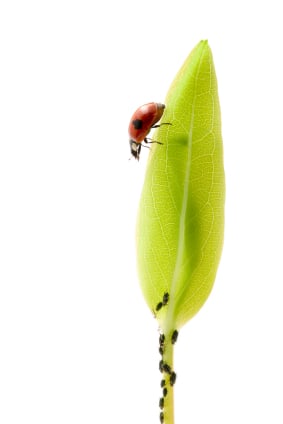
What is IPM?
In the world of gardening, IPM stands for Integrated Pest Management, a widely used and generally advocated method for controlling (not eradicating) garden pests.
If you follow an IPM approach to controlling aphids, you'll reduce their numbers to an acceptable level (one that doesn't unduly harm your plants). But you won't kill every aphid in your garden.
And you shouldn't.
Aphids & IPM
In order to maintain a healthy, balanced ecology, your garden needs aphids. Aphids and other garden pests are part of the ecosystem. They attract beneficial insects, i.e. the pollinators and predators that feed on pests.
Through IPM, you can maintain that healthy balance by making smart, cost-effective gardening choices which take into account the welfare of the larger ecosystem in which you reside.
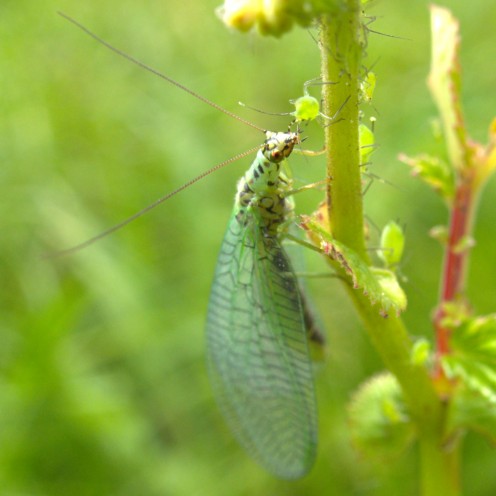
First step? Diagnosis!
The first step in IPM is diagnosis. Sure, your crops/shrubs/trees/flowers are ailing, and they have aphids, but ... are aphids really the problem?
According to the University of Maryland's Master Gardener Handbook, at least half of plant problems are due to environmental and cultural factors, not pests. If that's true, then there's a 50-50 chance that the problem in your landscape is due to plant location, soil quality, exposure to chemicals or some other non-bug related issue.
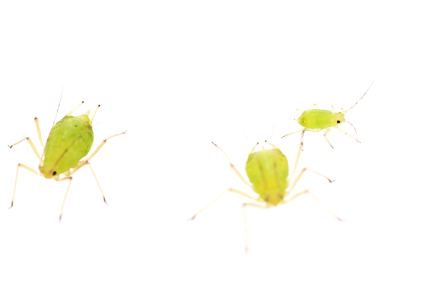
Signs & Symptoms of Aphids
In most instances, beneficial insects naturally control aphid populations, keeping them at an acceptable level. However, if your plants really are suffering due to an out-of-control aphid infestation, here are the general signs and symptoms:
Distorted, stunted & dead leaves
If aphids are feeding heavily on your plants, their sucking mouth parts may 1) stunt leaf growth, 2) kill leaves or 3) cause leaf deformities. Sometimes, leaves will curl up due to aphid damage so that that they resemble cups. If aphids are causing real harm to your plants, the distortion will be so great that it will prevent photosynthesis.
Yellowing leaves & blooms
Discoloration is another symptom of plants that have aphids. Both blossoms and leaves will turn yellow as aphid feeding causes damage, interrupting photosynthesis.
Honeydew*
As they feed, aphids produce honeydew, a clear liquid that appears as beads or drops on stems and leaves. The more aphids your plants have, the more honeydew they'll have. And you might also see ...
Sooty black mold*
The honeydew that aphids secrete sometimes produces a black mold that closely resembles soot from a fire.
_____________________________
*Honeydew and black mold are products of other insects too, including mealybugs, psyllids, whiteflies, plant hoppers, tree hoppers, leafhoppers and scale.
Terminology
The words "signs" and "symptoms" have specific meanings in horticulture:
Signs: the evidence of pests (or disease) in the form of visible parts, i.e. aphid honeydew and sooty mold.
Symptoms: plant damage due to pests or disease, i.e. distorted leaves.
5 Facts About Aphids
1. Aphids can be all sorts of colors, including green, white, yellow, orange, black and red.
2. Some adult aphids have wings, others don't. However, all of them have pear-shaped bodies with two little horns (cornicles).
3. Aphids reproduce rapidly, creating multiple generations within a single year.
4. You may notice more aphids on your plants after you fertilize. That's because nitrogen acts as an aphid aphrodisiac, boosting reproduction.
5. Although some species of aphids feed on a single species of plant, most are indiscriminate eaters, feasting on just about all deciduous trees, conifers and shrubs.
Diagnosing a Vegetable Garden
IPM Practices to Control Aphids
IPM is a method of gardening that employs safe, commonsense practices to control aphids and other pests.
Cultural Practices that Promote Healthy Plants
An integral part of IPM is choosing plants that are suited to your location, and then creating and maintaining an environment that's ideal for them.
Monitoring your garden for signs and symptoms of pests and disease, as well as appropriately placing, planting, watering, fertilizing, weeding and generally caring for your little ecosystem, will reduce pest issues. Why? Because healthy plants can better withstand pest damage and other challenges. You'll still have aphids in your garden, of course, but they won't be an issue. Your landscape will contain plenty of beneficial insects, and your plants will be so robust that a little aphid damage won't matter.
Select native plants.
Plants native to your location are natural survivors. Unlike exotics, native plants have evolved strategies for coping with the pests, diseases and conditions common to your area. Because of this, they are generally healthier than non-natives.
Grow flowering plants.
Grow a variety of flowering plants so that your landscape contains blooms throughout the growing season. Flowers attract pollinators and other beneficial insects to your yard, including aphid eaters like flower flies.
Weed!
Weeds not only compete with your plants for water and nutrients, but they also provide aphids and other pests with additional food and living space. For fewer aphids, keep the area around your plants weed-free.
Avoid "kill 'em all" pesticides.
Harsh, residual pesticides that kill pests and beneficials alike will actually increase your aphid problem. Because they feed on your plants, not other insects, aphids will return to the scene first--with a vengeance. And they'll do lots of damage before the beneficials arrive.
Don't over fertilize.
Research has shown that aphid populations dramatically increase on plants that are over fertilized. To avoid over fertilization, have your soil tested so that you know its nutrient levels, then research the plants you grow in order to learn their nutritional needs.
Plant trap crops.
Do aphids tend to feed on one particular type of plant in your garden? If so, plant an early crop to lure them. Then cut down the crop and stuff the plants, aphids and all, into a garbage bag for disposal.
Practice tolerance.
When you think "healthy garden," do you imagine bug-free plants with absolutely no pest damage?
Let that image go. It's unnatural--and it's impossible to sustain. Plants and the creatures that feed on them are part of a long-lasting, healthy, hardy, durable ecosystem.
Physical Ways to Control Aphids
Water spray
Spraying your plants with a strong stream of water will remove aphids (and other pests like spider mites)--at least temporary. Just make sure the water blast isn't so strong that it causes plant damage.
Hand picking, pruning & squishing
Another physical method of aphid control is hand picking them. Because they're so small, you'll probably find yourself scraping rather than picking aphids and their eggs from your plants and then squashing them en masse. Alternatively, you could snip off sections of plants that are heavily infested with aphids, and then crush the lot.
If aesthetics aren't an issue, floating row covers are another way to keep aphids from tender new growth. Dusting plants with wood ash or flour may also deter them.
Biological Methods for Controlling Aphids
Predators
Common aphid predators include ladybird beetles (also called lady beetles and ladybugs); lacewings; and syrphids (also known as flower flies).
Although syrphids aren't available for purchase, you can buy ladybugs and lacewings and release them into your garden. However, so long as you don't use residual pesticides, you shouldn't need to purchase any. They'll arrive on their own if your garden contains the aphids and other small insects they like to eat.
NATURAL APHID PREDATORS
Ladybird Beetles (Ladybugs, Lady Beetles)
|
Syrphids (Flower Flies)
|
Bigeyed Bugs
|
Assassin Bugs
|
Lacewings
|
Aphid Parasites
|
Parasitic Wasps
|
Don't kill these bugs! They help control the aphid population in your garden.
Parasites
Aphid parasites are extremely small brown or black wasps about the size of adult aphids. At maturity, the females insert their eggs into aphids. When the eggs hatch, they eat the host aphids from the inside out, eventually turning them into "mummies"--papery looking, brown shells. Like ladybugs and lacewings, aphid parasites are available for purchase.
Parasitic wasps "sting" not only aphids, but also caterpillars, beetle larvae and other pests. Once the eggs have hatched and developed, killing their hosts in the process, the larvae spin cocoons nearby. Parasitic wasps are also available commercially.
Pesticides & IPM
The IPM approach to gardening began in the 1960s in response to the dangers and ultimate ineffectiveness of chemical pesticides. Although IPM doesn't rule out the use of pesticides, with IPM chemicals are always the last resort, and the least toxic ones are always preferred: insecticidal soaps, botanical pesticides and horticultural oils.
What's the most effective strategy you've used to control aphids?
Resources
Davidson, John A. and Michael Raupp. Managing Insect and Mites on Woody Plants: An IPM Approach. Londonderry, NH: Voice of Tree Care, 2009.
Raupp, Michael. "Ecology." 23 January 2012. Lecture.
The University of Maryland College of Agriculture and Natural Resources. The Maryland Master Gardener Handbook. 2008.
